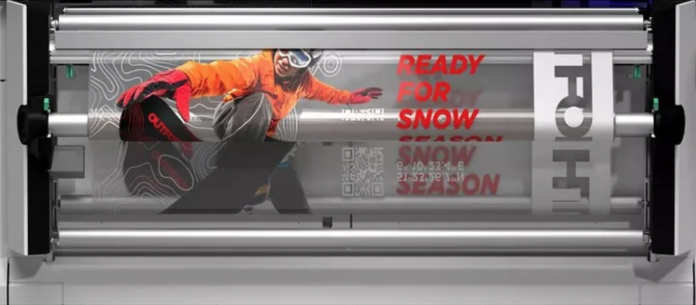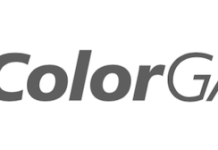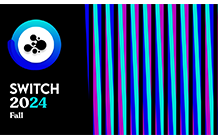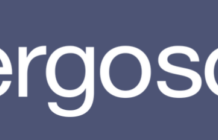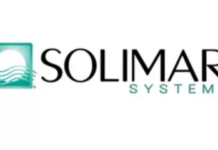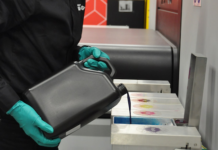According to Amine Djouahra, B2B Business Unit Director at Canon Central and North Africa, investing in the right roll-to-roll printer is crucial for African print businesses.
While volumes in the roll-to-roll market continue to grow, print service providers face challenges created by customer demand for ever-shorter turnaround times for orders. Recent Keypoint Intelligence research shows that demand for large format print jobs that need to be turned around within 24 hours has grown exponentially over the last decade.
Roll-to-roll printing’s scalable, cost-effective outputs make it a critical technology for many of Africa’s industries in a region where increasing investments in technology are driving growth and businesses face unique challenges.
Businesses operating in Africa, in particular, need to consider several factors. In addition to carefully selecting the device that matches the business’s objectives at a cost-effective price, the proper specifications, in terms of speed, volumes, quality, and media types, are also key.
Several other uniquely African considerations exist. These include energy challenges, import and maintenance costs, fluctuating currency rates, and factors such as the need for durable prints suitable for Africa’s outdoor conditions. Environmental legislation could influence the choice of consumables, and high upfront costs could be a barrier in some markets.
Choosing the best device for the business is tricky and depends on the printer’s cost versus its capabilities. Energy usage, running and maintenance costs, peripherals, and other hidden costs that will emerge over time must also be factored into the decision.
African businesses should consider several key factors when selecting a new roll-to-roll printer, including ink choice, sustainability, productivity, and automation.
The Heart Of Roll-To-Roll Printing
Low, upfront ink costs may seem attractive, but other factors to consider include ink consumption, additional consumables and usage. Like the device, the ink will depend on the business’s needs and, potentially, any local environmental regulations. Options include latex, eco-solvent, UV, and UVgel technology.
Latex is water-based with good stretchability. Prints come out fully dry and odourless. Due to the ink’s translucency, more ink is required to achieve a given colour, making ink usage costs higher than UV-curable ink.
Eco-solvent inks are affordable and suitable for most indoor uses and some outdoor signs (three to five years). They take time to dry and give off an odour.
With UV ink technology, the ink is cured and dries quickly, so it’s often used to print on vinyl, producing a high-quality finish. However, UV printing isn’t suitable for all applications because of its odour. It isn’t recommended for materials like silicone, which tends to have adhesion issues. It also results in higher energy usage due to the heating process used for curing.
UVgel is a gel-based ink that solidifies under UV light. Similar to UV ink, the prints dry instantly, eliminating smudging or sticking concerns – but less ink is needed to produce the same level of density and colour. The ink is durable, resulting in little need for lamination, and perfect for special surface effects. UVgel prints are precise and vibrant, as well as odourless, making them suitable for indoor environments.
Sustainable Options
Africa’s print industry has traditionally been associated with high waste levels and energy consumption, making circularity and recyclability of printer parts and materials essential. Sustainability is no longer a ‘nice to have.’ It is increasingly important within all industries, including the print industry, and is driven by ESG reporting requirements like South Africa’s King Report on Corporate Governance, which recommends that companies produce integrated reports.
Modular, upgradable devices allow businesses to stay on top of the latest technology to deliver the right quality, remain abreast of trends, and keep up with customer demand. Unnecessary waste is prevented, fewer materials are used, and considerable cost-savings are realised.
High-Volume Productivity
With a robust, long-lasting, high-volume device, businesses in Africa could cut back to just one roll-to-roll printer, saving on purchase price and overall running and maintenance costs. Proper warranty and servicing contracts are also essential, and selecting the right technology partner will help ensure a printer remains operational with high uptime for years.
Automation Drives Productivity
Automation is changing Africa’s print industry, with AI an essential component of modern print solutions, boosting capabilities and streamlining processes. A streamlined, efficient workflow and automated maintenance model will not only create a fast production line but will also help save operator time and bring further cost savings, helping to future-proof a business. This is again where a modular, long-lasting printer that can be updated with the latest software to stay on top of increasingly tight customer lead times is vital.
With the global printing market expected to grow to $350.2 billion in 2026, it’s clear that the printing industry globally and in Africa is embracing current trends and technologies. By investing in a roll-to-roll printer suited to the continent’s unique operating environment, businesses will be set up for the future.
CANON CENTRAL AND NORTH AFRICA
https://en.canon-cna.com/


